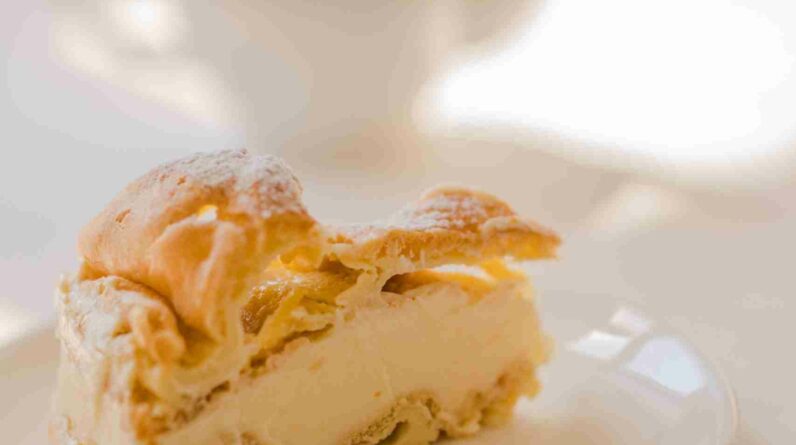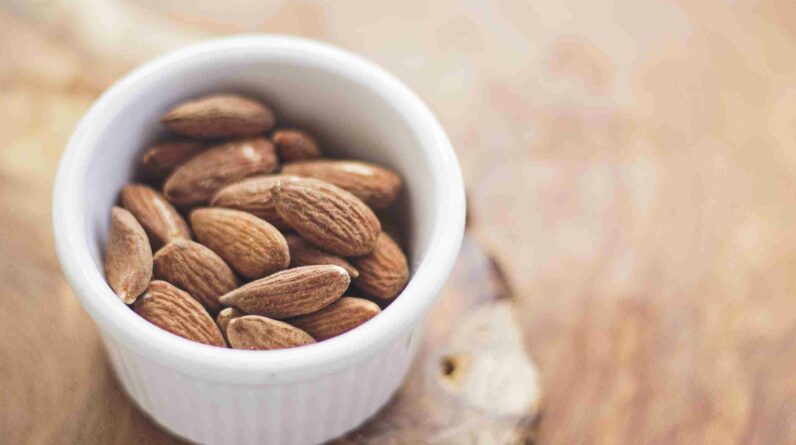In this article, we explore the common question of whether it is safe to refreeze thawed food. We all know the feeling of forgetting to take something out of the freezer in advance and then rushing to thaw it. But what if we end up with more thawed food than we need? Can we just pop it back in the freezer for another time? Join us as we uncover the facts and guidelines regarding the safety of refreezing thawed food.

The Safety of Refreezing Thawed Food
Understanding the Thawing Process
When it comes to thawing food, it is essential to understand the process thoroughly. Thawing is the act of defrosting frozen food, bringing it from a frozen state to a temperature where it is safe to consume or cook. The thawing process plays a crucial role in maintaining the safety and quality of the food we eat. Improper thawing can lead to the growth of harmful bacteria, resulting in foodborne illnesses.
Factors to Consider
There are several factors to consider when thawing and refreezing food. These factors can have a direct impact on the safety and quality of the food we consume. It is essential to take these factors into account to minimize any risks involved. Temperature control, storage conditions, the type of food being thawed, and personal health and allergies all play significant roles in determining whether it is safe to refreeze thawed food.
The Risks of Refreezing and Thawing Food
Refreezing and thawing food can pose certain risks if not done correctly. It is crucial to be aware of these risks to ensure the safety of the food we eat. Pathogenic bacteria can multiply during the thawing process, leading to contamination and potential foodborne illnesses. Additionally, the formation of ice crystals can affect the texture and taste of the food. Thawing and refreezing can also lead to spoilage and degradation of the quality of the food, as well as a loss of nutritional value.
Differentiating between Safe and Unsafe Foods
Not all foods can be refrozen safely after thawing. Understanding which foods are safe to refreeze and which are not is important to prevent any potential health hazards. Certain food items can withstand the thawing and refreezing process without compromising safety or quality. On the other hand, some foods are more susceptible to bacterial growth or quality degradation when subjected to multiple freeze-thaw cycles. Differentiating between safe and unsafe foods is crucial to make informed decisions about handling and storage.
Understanding the Thawing Process
Thawing food can be done using various methods, each with its own advantages and risks. The most common methods include refrigerator thawing, cold water thawing, and microwave thawing. Refrigerator thawing is the safest method, as it allows for controlled and even thawing. Cold water thawing is quicker, but requires continuous monitoring to maintain a safe temperature. Microwave thawing, although convenient, can result in uneven thawing if not done properly. It is important to choose the appropriate thawing method based on the food item and desired timeline.
Thawing can have an impact on the quality of the food. Some foods may lose moisture during the process, resulting in texture changes or dryness. Others may experience changes in flavor or color. However, the overall effect on food quality varies depending on the specific item being thawed. It is important to consider the potential changes in quality when deciding whether to refreeze thawed food.
During the thawing process, bacteria can multiply on the surface of the food if it is left at unsafe temperatures for too long. It is crucial to practice proper temperature control to minimize the growth of pathogenic bacteria. Thawed food should never be left at room temperature for an extended period, as this can promote bacterial growth and increase the risk of foodborne illnesses. Instead, it should be promptly cooked or refrigerated to maintain its safety.
Factors to Consider
Temperature control plays a significant role in ensuring the safety of thawed food. Food should be thawed in a refrigerator, where the temperature remains consistently cold, usually around 40°F (4°C). This slow thawing process allows for even and safe defrosting, minimizing the risk of bacterial growth. It is important to note that thawing food on the kitchen counter at room temperature is not recommended, as it can bring the food into the danger zone where bacteria can flourish.
Storage conditions also play a crucial role in maintaining the safety of refrozen food. Once thawed, food should be consumed, cooked, or refrozen within a certain timeframe to prevent bacterial growth. Generally, thawed food can be safely refrigerated for up to 2 days before it should be consumed or cooked. If refreezing is the preferred option, it should be done immediately after thawing to minimize the risk of bacterial growth.
The type of food being thawed is another important consideration. Some foods, such as meat and poultry, are more susceptible to bacterial growth and quality degradation when subjected to multiple freeze-thaw cycles. On the other hand, certain foods like fruits and vegetables can withstand the thawing and refreezing process relatively well. It is crucial to understand the specific characteristics of each type of food to make informed decisions about its safety and quality.
Personal health and allergies should also be taken into consideration when deciding whether to refreeze thawed food. Individuals with compromised immune systems may be more susceptible to foodborne illnesses and should exercise caution when handling and consuming refrozen food. Similarly, individuals with specific allergies or dietary restrictions should thoroughly investigate the safety of refreezing certain food items to avoid any adverse reactions.
The Risks of Refreezing and Thawing Food
Refreezing thawed food can introduce certain risks that should be taken into account. One of the primary risks is the growth of pathogenic bacteria. When food is thawed, any bacteria present on the surface begin to multiply as the temperature rises. Refreezing the food halts further bacteria growth but does not eliminate the existing bacteria. This means that if the food is not thoroughly cooked after refreezing, the harmful bacteria may still be present, increasing the risk of foodborne illnesses.
Formation of ice crystals is another risk associated with refreezing and thawing food. During the freezing process, water molecules in the food expand, forming ice crystals. When food is thawed and refrozen multiple times, these ice crystals can rupture the cell walls, potentially affecting the texture and taste of the food. This can result in a loss of quality and make the food less enjoyable to consume.
Refreezing and thawing can also contribute to the spoilage and degradation of the food’s quality. Each freeze-thaw cycle can cause the breakdown of certain components, leading to changes in texture, flavor, and appearance. Additionally, the repeated exposure to temperature fluctuations can accelerate the deterioration process, reducing the overall shelf life of the food item.
Another important consideration is the potential loss of nutritional value when refreezing and thawing food. Some nutrients are sensitive to changes in temperature and can be lost during the freezing and thawing process. The longer the food is subjected to freeze-thaw cycles, the more likely it is to experience a decrease in nutritional content. It is important to keep this in mind when deciding whether to refreeze thawed food, especially for individuals who rely on food for specific nutritional needs.
Differentiating between Safe and Unsafe Foods
To ensure the safety of refreezing thawed food, it is essential to differentiate between foods that can be refrozen without significant risks and those that should be discarded or consumed immediately. While each food item has its own unique characteristics, some general guidelines can be followed to make informed decisions.
Considerations for Specific Food Items
Different types of food have different tolerances for thawing and refreezing. Meat and poultry, for example, are more susceptible to bacterial growth and quality degradation. Seafood, dairy products, fruits, and vegetables, each have their own considerations regarding thawing and refreezing. It is important to understand the specific requirements for each food item to ensure its safety and quality.
Safe Foods for Refreezing
Certain foods are generally safe to refreeze after thawing. Cooked foods, when handled with care and promptly refrozen, can be safely consumed later. Raw foods that have been properly handled and thawed under controlled conditions can also be refrozen safely. Additionally, commercially frozen foods that have been thawed and handled according to instructions are typically safe for refreezing.
Unsafe Foods for Refreezing
Not all foods can handle multiple freeze-thaw cycles without compromising safety and quality. Foods like uncooked meat and poultry, uncooked seafood, unpasteurized dairy products, and prepared salads and deli meats are generally considered unsafe for refreezing. These foods are more susceptible to bacterial growth and the degradation of quality when subjected to thawing and refreezing.
Proper Handling and Labeling
Proper handling and labeling are crucial in maintaining the safety and quality of refrozen food. Safe thawing techniques, such as refrigerator thawing or cold water thawing, should be followed to minimize bacterial growth. It is also important to ensure that refrozen food is properly labeled with the date of initial freezing and the date of subsequent freezing to keep track of its freshness.

Conclusion
Thawing and refreezing food can be a safe practice if done correctly. Understanding the thawing process, considering various factors, and differentiating between safe and unsafe foods are all essential to ensure the safety and quality of the food we consume. By following proper handling and storage guidelines, we can enjoy the convenience of refreezing thawed food while minimizing the risks associated with bacterial growth, quality degradation, and loss of nutritional value. Remember to always prioritize food safety and make informed decisions when it comes to handling and storing food.









